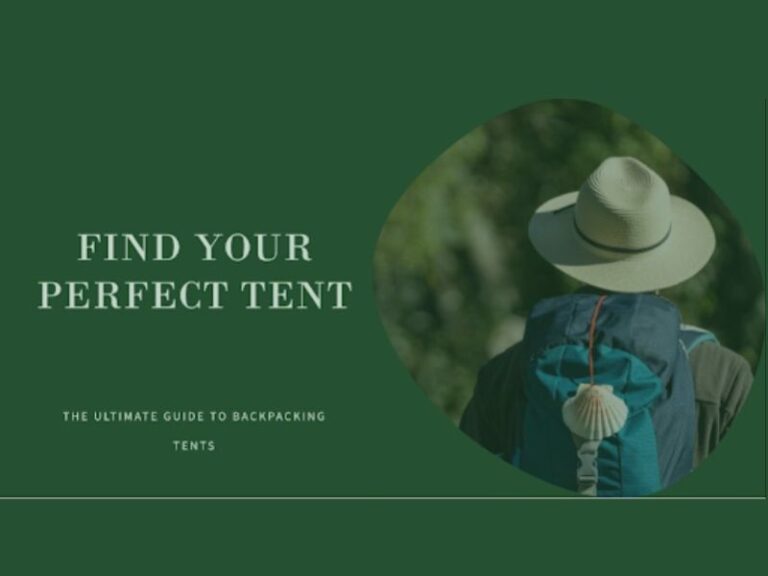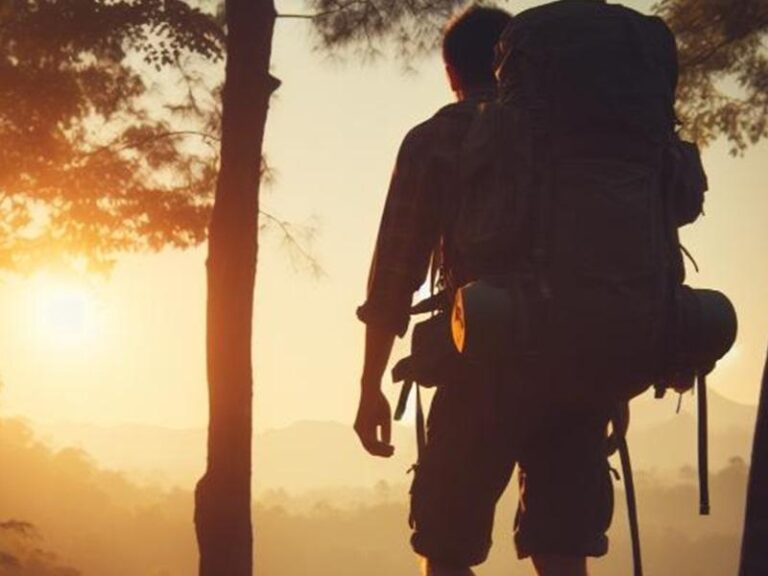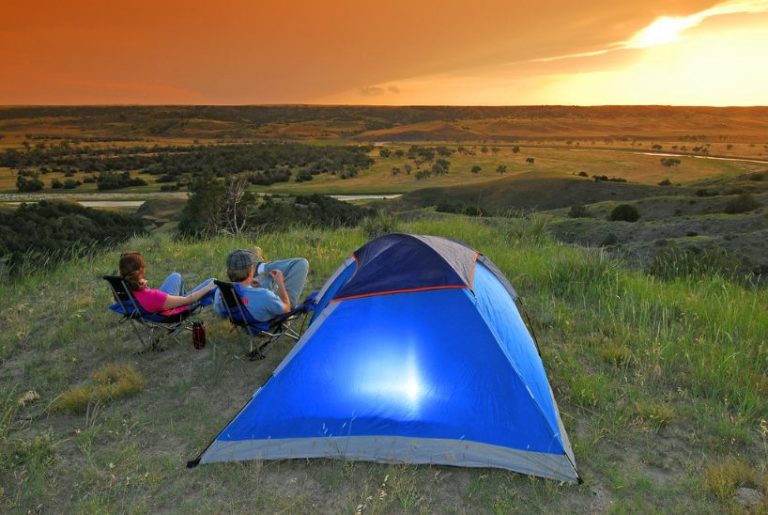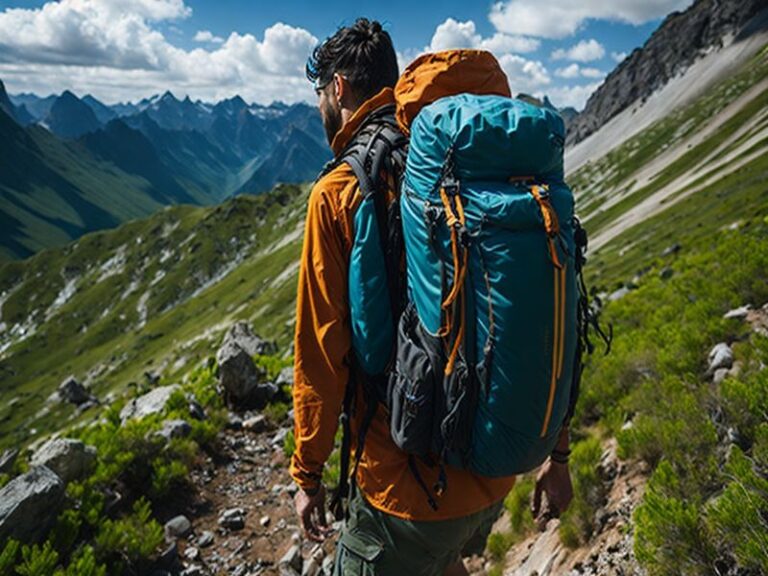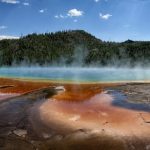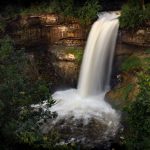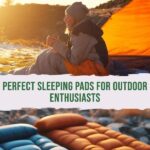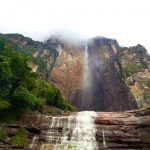The Ultimate Guide to Choosing the Right Backpacking Tent: An Overview
Choosing the best backpacking tent is an exciting first step to planning your outdoor adventures. With so many options on the market, it can feel overwhelming to pick the right tent. This guide will cover key factors like weight, space, weather protection, packed size, and ventilation to consider when selecting a backpacking tent.
You’ll learn to compare tents across price points and use reviews to further assess quality. We’ll provide recommendations broken down by use case such as budget picks, ultralight options, all-around tents, and 4 season models. By the end, you’ll feel knowledgeable enough to shop for the ideal backpacking tent without getting lost. Let’s get started!
Related Article: Ultimate Backpacking Packing List
How To Choose The Best Backpacking Tent
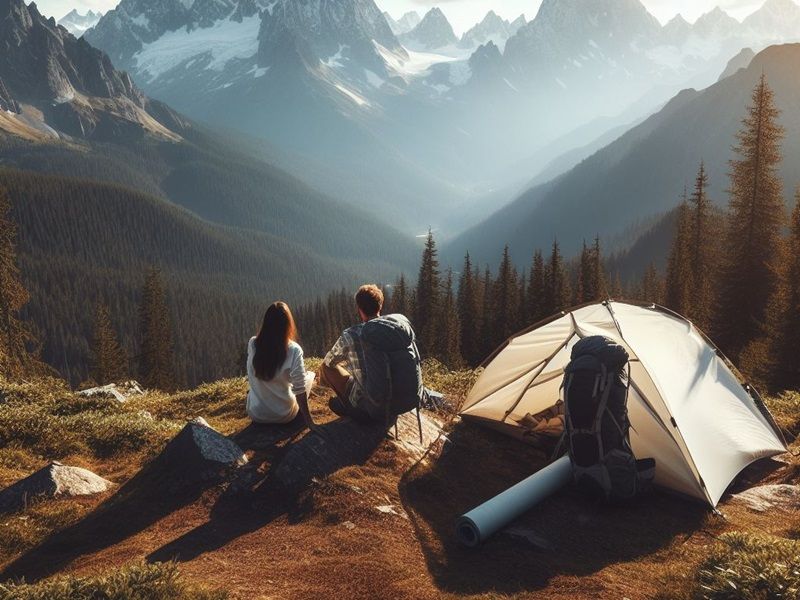
When evaluating the seemingly endless options for backpacking tents, it can get overwhelmingly fast. Here is a step-by-step guide on methodically assessing tents to determine the best choice for your needs:
The Best Backpacking Tents of 2024
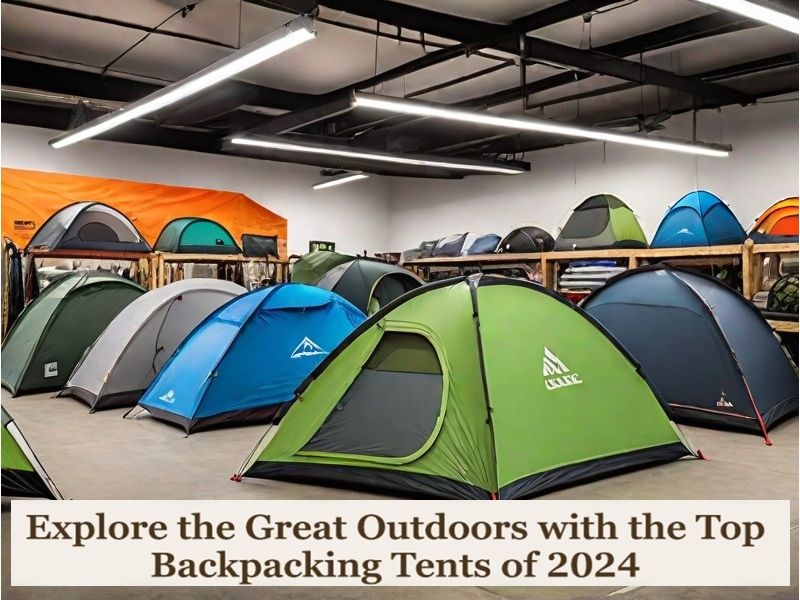
Now that you know what to look for in an ideal backpacking tent, here are our top picks for 2024 in various categories based on capacity, purpose, and price point:
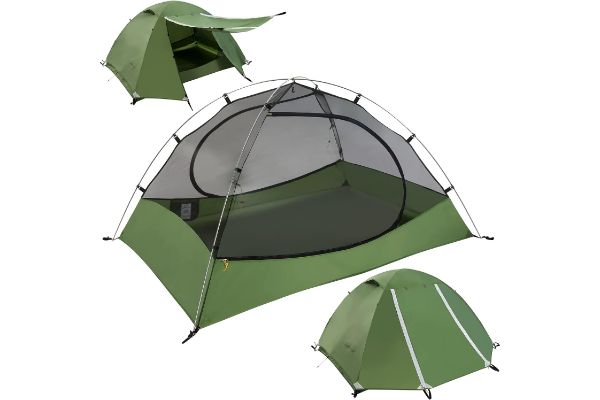
Clostnature Lightweight Backpacking Tent
The Clostnature Lightweight Backpacking Tent is a 2-person tent with a spacious interior and excellent ventilation, making it ideal for camping trips of all lengths. With its weatherproof construction, you can rest assured that you’ll stay dry and comfortable even in the worst conditions.
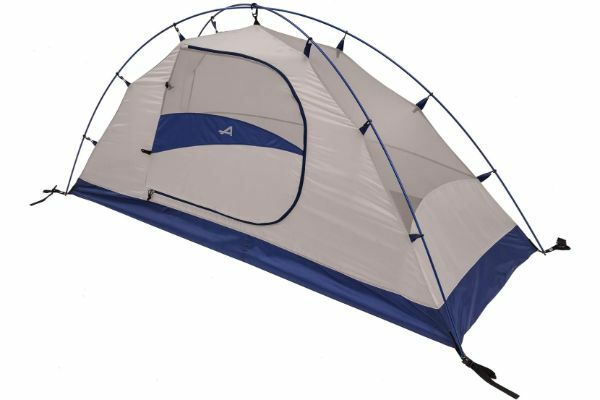
ALPS Mountaineering Lynx 1-Person Backpacking Tent
The ALPS Mountaineering Lynx 1-Person Backpacking Tent is a lightweight and easy-to-set-up backpacking tent. This tent features a weather-resistant construction and a storage vestibule for your gear. It’s also very easy to set up and take down, making it ideal for quick overnight trips.
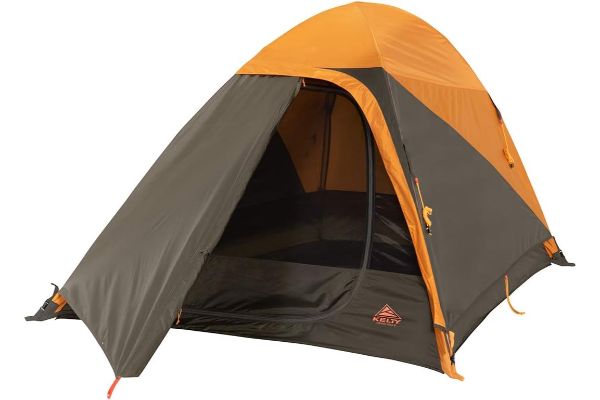
Kelty Grand Mesa Backpacking Tent
The Kelty Grand Mesa Backpacking Tent is a lightweight and versatile 2-person or 4-person tent that’s perfect for backpacking, camping, and bike touring. It features a spacious interior, two vestibules, and durable construction. The Grand Mesa was also upgraded in 2020 for improved weather resistance.
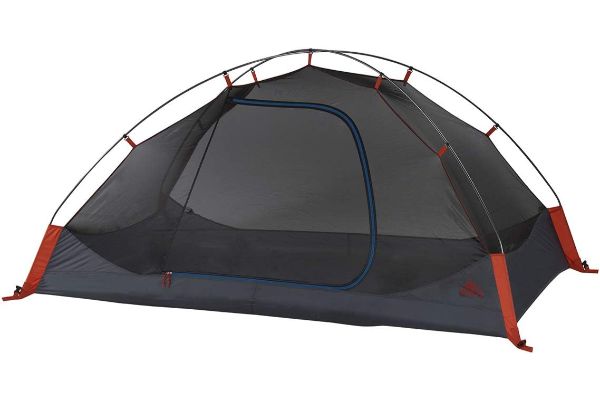
Kelty Late Start 1P Backpacking Tent
The Kelty Late Start 1P Backpacking Tent is a durable 1-person tent with a quick setup and a spacious interior. It’s perfect for solo backpackers who are looking for a lightweight and comfortable tent.
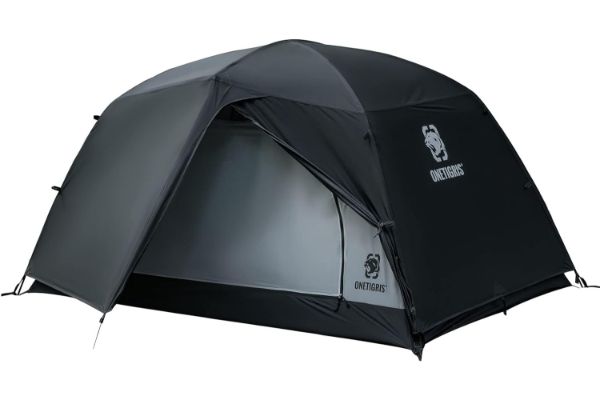
OneTigris Stella 4 Season Camping Tent
The OneTigris Stella 4-Season Camping Tent is a lightweight 2-person 4-season tent with excellent waterproofing. It’s perfect for backpacking, camping, and mountaineering in all conditions.
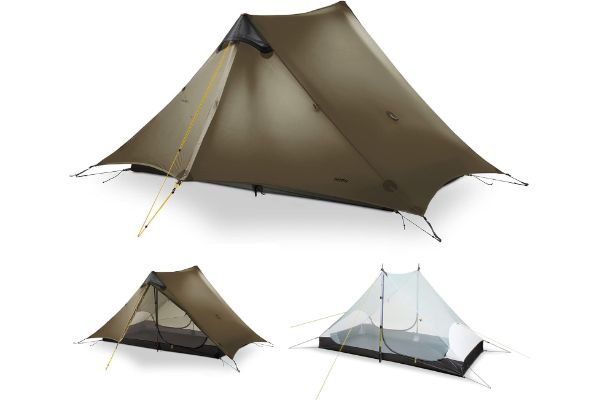
MIER Lanshan Ultralight Tent
The MIER Lanshan Ultralight Tent is a lightweight 1 or 2-person tent with durable construction and superior waterproofing. It’s perfect for ultralight backpacking and bike touring.
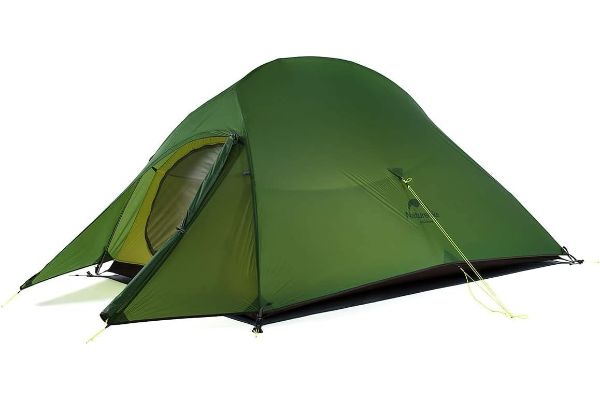
Naturehike Cloud-Up 2-Person Tent
The Naturehike Cloud-Up 2-Person Tent is an ultralight 2-person waterproof backpacking tent with easy setup. It’s perfect for backpackers who are looking for a lightweight and comfortable tent without sacrificing durability.
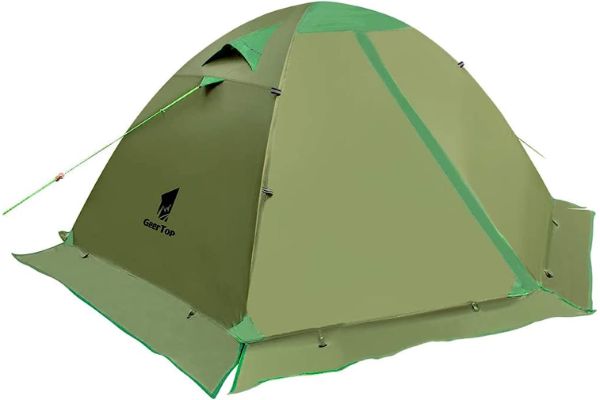
GEERTOP 2 Person 4 Season Backpacking Tent
The GEERTOP 2 Person 4 Season Backpacking Tent is a versatile and weather resistant 2 person 4 season tent with easy setup. It’s perfect for backpacking, camping, and mountaineering in all conditions.
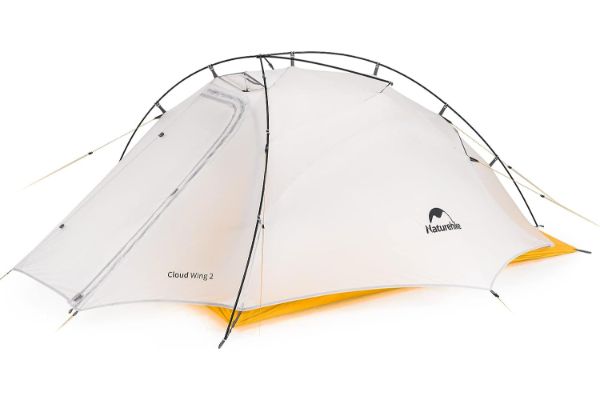
Naturehike 10D Cloud Wing 2-Person Backpacking Tent
The Naturehike 10D Cloud Wing 2-Person Backpacking Tent is a lightweight 2-person tent with a spacious interior and excellent ventilation. It’s perfect for backpackers who are looking for a lightweight and comfortable tent.
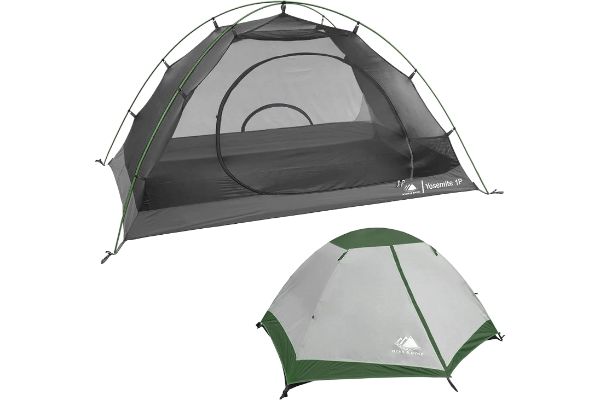
Hyke & Byke Yosemite 2-Person Backpacking Tent
The Hyke & Byke Yosemite 2-Person Backpacking Tent is an ultralight 3-season tent for 2 with waterproof construction and essential accessories. It’s perfect for backpackers who are looking for a lightweight and comfortable tent without sacrificing durability.
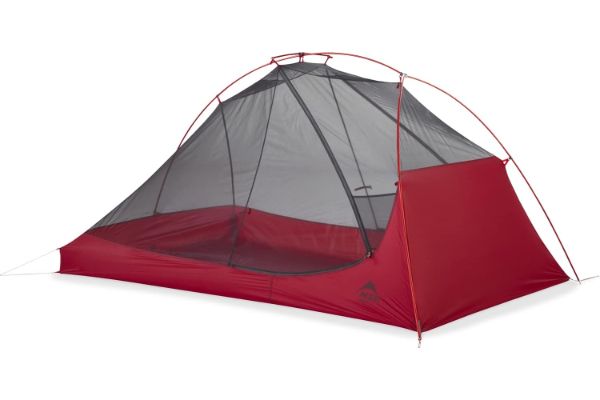
MSR Freelite 2-Person Ultralight Backpacking Tent
The MSR Freelite 2-Person Ultralight Backpacking Tent is a lightweight 2-person tent with weather protection and a spacious, tech-friendly interior. It’s perfect for backpackers who are looking for a lightweight and comfortable tent without sacrificing durability or features.
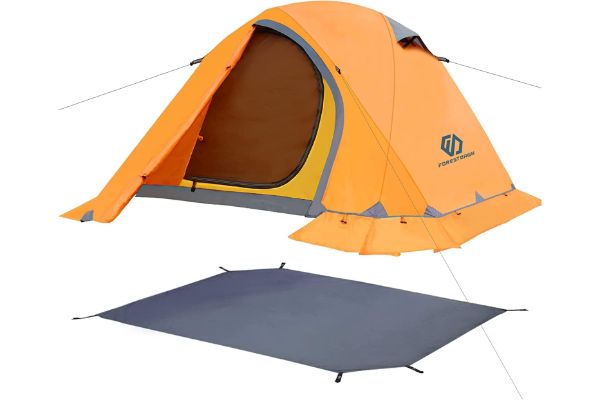
ForestDawn 2-Person Camping Tent
The ForestDawn 2-Person Camping Tent is a durable all-season 2-person tent with quick setup and excellent ventilation. It’s perfect for campers who are looking for a comfortable and durable tent that can withstand all types of weather.
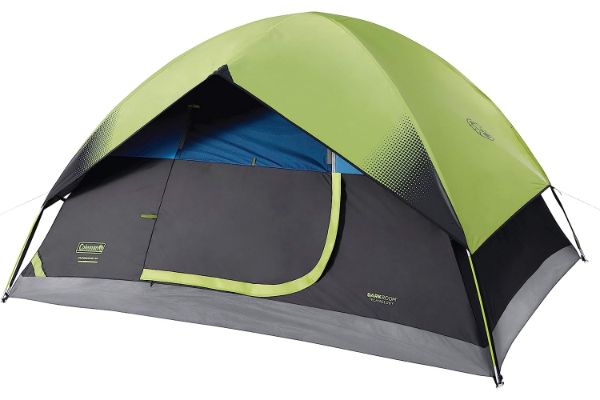
Coleman Dark Room Sundome 4 Person Camping Tent
The Coleman Dark Room Sundome 4-Person Camping Tent is a roomy 4-person tent with darkroom technology to block light and reduce heat. It’s perfect for families and groups looking for a comfortable and spacious tent.
Step 1: Consider Your Planned Use
First, think about how you plan to use your tent. Important factors include:
- Will you be camping solo, with a partner, or in a small group? The number of people the tent sleeps makes a big difference.
- Do you need a freestanding or non-freestanding tent? Freestanding tents use poles to hold their structure and don’t require staking out. Non-freestanding tents rely on staking out with trekking poles or trees to achieve full setup.
- Will you camp in all seasons or only during warmer months? 3-4 season tents offer more weather protection.
- What environments will you camp in – exposed alpine, dense forests, deserts? Different conditions have different shelter needs.
- Will your tent mostly be a car camp or strictly backpacking? Size and weight matter more for backpacking distance.
- What is your budget? Costs range widely for backpacking tents.
Step 2: Determine Ideal Capacity
Once you consider your likely camping scenarios, you can narrow in on the ideal capacity. Key factors include:
- Solo: For solo travelers, a 1 person tent offers the lightest weight and smallest packed size.
- Couples: Tents built for 2 people offer a comfortable compromise of space versus weight.
- Small Groups: For 2-4 people, larger 3-4 person tents allow you to split weight and get ample room.
- Tall Campers: If you are over 6 feet tall, ensure ceiling height accommodates you.
- Gear Storage: Will you need vestibules for packs and boots? More livable space?
When in doubt, size up to have extra capacity. A 3-person tent provides flexibility for 1-3 people.
Step 3: Evaluate Weight
For backpacking, every ounce counts when it comes to tent weight. Consider these weight ranges when choosing a tent:
- Ultralight: Under 3 lbs. Best for hardcore ultralight backpacking.
- Lightweight: 3-5 lbs. It’s a solid choice for longer trips.
- Midweight: 5-7 lbs. Offers more durability and space.
- Heavyweight: Over 7 lbs. Better for car camping and shorter hikes.
Ideally, shoot for a packed weight under 5 pounds per person. Ultralight tents sacrifice space and robustness for feathery pack weights.
Step 4: Assess Packed Size
In addition to overall weight, consider the packed size of your tent so it fits optimally into your backpack:
- Length of tent poles and footprint when broken down
- The diameter of the tent body when compressed
- Can the tent pack down small and tight?
Look for a tent that compacts down as tiny as possible. Shoot for 9 x 5 inches or less for 1-2-person tents.
Step 5: Check Weather Protection Features
Your tent needs to provide reliable protection from the elements. Assess these key weather resistance features when comparing tents:
- Rainfly: Does it offer full coverage? Storm flaps? Strong waterproofing?
- Floors & Walls: Are they made of durable, waterproof fabrics? Taped or sealed seams?
- Ventilation: Are there enough mesh panels? Vents? Guarded against condensation?
- Poles: Do they use sturdy, wind-resistant materials? Optimal structure?
Ideally choose a tent with full-coverage rainfly, sealed seams, ample ventilation, and robust poles.
Step 6: Evaluate Livability
While weight and packed size are critical, you also want a tent you can comfortably live in during your trips. Consider these livability factors:
- Space: Floor area, ceiling height. Does it feel cramped or spacious?
- Vestibules: Are there adequate vestibules to store gear and boots outside the main area?
- Doors: Do doors offer easy entry/exit? Are they well positioned?
- Interior Pockets: Are pockets conveniently located to stow small items?
- Gear Lofts: Are gear lofts or hanging hooks available for storing items?
Prioritize a tent with ample space, useful vestibules, well-designed doors, and interior organizational features.
Step 7: Assess Ease of Setup
Setting up your tent quickly at the end of a long day is invaluable. Compare tents based on:
- Poles: Are they easy to extend and connect? Color-coded?
- Clips: Do clips swiftly snap poles into place? Is there enough?
- Freestanding: Can the tent stand alone or does it require staking out?
- Footprint: Is it set up before the tent easily? Integrated or separate?
Look for quick-connect poles, ample clips, and a fast-to-deploy footprint for the easiest setup.
Tips For Maintaining Your Backpacking Tent
Investing in a quality backpacking tent means you’ll want it to last for years of camping trips. Follow these tips to extend the lifespan of your tent:
- Clean After Trips: Gently clean off dirt, sap, and stains to prevent buildup.
- Allow To Dry Fully: Never store the tent wet or damp to avoid mildew.
- UV Protection: Keep the tent stored away from direct sunlight when not in use.
- Seam Seal Periodically: Re-seal seams with tent sealant every few years as needed.
- Check For Damage: Inspect for rips, corroded poles, and broken zippers each season.
- Proper Storage: Keep the tent loosely packed in a breathable storage sack in a cool, dry place.
- No Harsh Chemicals: Use only specialized tent cleaners, not bleach or harsh detergents.
- Campsite Care: Avoid setup locations with sticks/rocks that could damage the floor.
- Limit UV Exposure: Utilize rainfly at all times when set up to limit sun damage to the fabric.
With proper care, cleaning, and storage, a premium tent should last for many seasons before needing replacement!
Common Mistakes To Avoid When Buying a Backpacking Tent
As a beginner, it’s easy to make some mistakes when purchasing your first backpacking tent. Avoid these common pitfalls:
- Cheaping Out: Buying the absolute cheapest tent often leads to disappointment and wasted money when it underperforms.
- Overbuying: Getting too large and heavy a tent that is uncomfortable to carry backpacking.
- Forgetting the Rainfly: Ensure your tent comes with a full-coverage rainfly.
- No Footprint: Factor in buying a footprint for total waterproofness under the tent.
- Too Small: Underestimating your space needs leads to cramped misery.
- Ignoring Packed Size: Failing to check if the tent packs down small enough for your pack.
- Too Much Ventilation: Don’t sacrifice rain protection for more mesh and airflow.
- Condensation Issues: Avoid tents lacking adequate vents and mesh elevation for moisture control.
- Flimsy Poles: Check poles are high quality, not too thin, or easily bendable.
- No Vestibule: Having no covered outer space to stash muddy boots and gear.
Avoiding these tent-buying mistakes takes a bit of research but prevents wasted money and camping hassles down the road.
Helpful Tips For Saving Money On a Backpacking Tent
While premium backpacking tents carry higher price tags, there are ways to get a high-quality shelter on a budget:
- Wait for Sales: Retailers like Amazon regularly discount select tents making deals possible.
- Consider Last Year’s Model: The newest versions often have small tweaks but nearly identical performance at a discount.
- Buy Discounted Floor Models: Shops will mark down display tents significantly since they can’t be sold as brand new.
- Choose a Chinese Brand: Brands like Naturehike offer impressive performance for fractions of the cost of their American counterparts.
- Split the Cost: Go in with a friend on a 2 or 3-person tent to save individually.
- Try Used From Classifieds: You can find great deals on barely-used tents from sellers upgrading their gear.
- Rent From an Outfitter: Many outdoor stores offer tent rentals for occasional trips to save on buying outright.
- Use Retailer Guarantees: Take advantage of return policies and guarantees if the tent doesn’t fit your needs.
While investing in a functional, long-lasting tent is worthwhile, don’t feel forced to overspend if companies offer great value on cheaper models that meet your basic needs.
Conclusion
We hope this guide has illuminated what to look for when choosing the best backpacking tent for your adventures. Taking the time to carefully evaluate your planned tent usage, ideal capacity, weight, packed size, weather protection, livability, ease of setup and more will ensure you select the perfect model for your needs. Research specific tents using our recommendations and customer reviews as a starting point. Consider your budget but focus primarily on getting ideal capacity and realistic weight for your typical trip lengths. With your new tent, you’ll be prepared to enjoy many seasons of comfortable and memorable nights camping in the backcountry.
Frequently Asked Questions
What features make a truly lightweight backpacking tent?
To create an ultralight backpacking tent, manufacturers opt for super thin yet rip-resistant tent fly and floor fabrics along with lightweight poles like DAC Featherlite or carbon fiber. They minimize excess fabric and unnecessary features while maximizing interior volume through arch pole structures. Weight-saving construction techniques like vertical walls, trekking pole tents and Dyneema Composite Fabrics (formerly Cuben Fiber) shave ounces.
What are some differences between 3-season and 4-season tents?
4 Season tents offer enhanced durability, weather protection, and ventilation control compared to 3-season versions:
- Heavier, more weather-resistant outer tent fabric
- Nearly vertical walls and domed shape shed heavy snow
- Reinforced poles handle high winds and snow load
- Better ventilation control using closable vents
- More guy out points and robust stakes/tie-downs
- Often heavier and pricier but built for extreme weather
What tent capacity is best for solo campers?
While 1 person tents weigh the least, most solo campers prefer 2 person backpacking tents. The 2P size allows you to spread out gear inside avoiding a cramped feel. 2 person models only weigh a few more ounces but offer way more livable space. You can even bring your dog in a 2 person and still have room. Tent manufacturers list capacity somewhat conservatively assuming 2 people plus gear crammed inside.
How important are stakeout points and guy lines for tents?
On non-freestanding tents, staking out stake points is critical to achieve proper pitch and weather protection. Freestanding tents will stand without staking but it’s still recommended to add stability in high winds. Guy lines act as critical reinforcements holding rain flies taut for maximum weather resistance. Look for robust stake points, guy-outs, and excellent tie-downs/tensioners for optimal stability.
Is it worthwhile to pay more for premium tents?
Paying up for premium tent brands nets you higher quality construction and materials that boost durability, weather protection, ventilation, ease of setup, and packed weight. Well-designed features like easy connect poles, protected pole sleeves, and color coding make setup a breeze after long hiking days. If you camp frequently and value quality gear, investing more delivers better performance and longer lifespan. Buy the highest quality tent you can reasonably afford.

